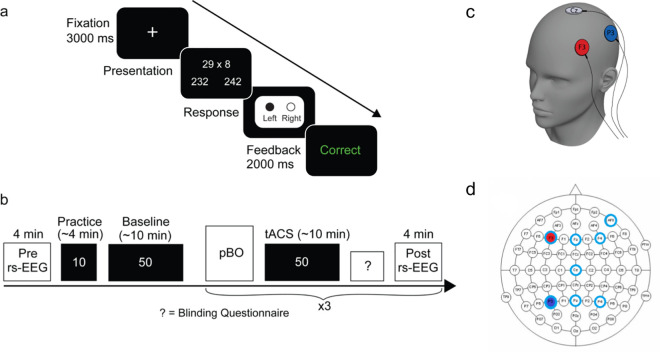Fig 2. An overview of the experimental paradigm.
a) An overview of the behavioral paradigm. Subjects (n = 50) watched a fixation point that indicated the start of a trial. After 3000 ms an arithmetic multiplication was shown with two possible answer options on the left and right side with a difference of 10 to keep consistency in task difficulty. Subjects responded by pressing either the left or right button on a response box as quickly and accurately with no time limit present. Lastly, subjects received either ‘correct’ or ‘incorrect’ as feedback to continuously capture attention. b) Subjects first completed a baseline rs-EEG of four minutes, after which 10 practice trials of multi-digit times single-digit multiplications were presented of four minutes. This was followed by the baseline task of 10 minutes, which comprised five blocks of 10 different multiplications. Subjects had a short break (~3 minutes) between baseline and the pBO. Three different tACS frequency-current combinations were proposed by the pBO algorithm after the completion of each sequence of 50 trials of the multiplication task which was approximately 30 minutes in total. Between these tACS combinations, post-block rs-EEGs of four minutes were recorded before the subjects moved on to the next tACS combination. Validation of the blinding of the stimulation and perceived sensations were assessed after completion of a stimulation block. c) An illustration of the tACS electrode montage. Stimulation was applied over the left frontoparietal area (F3 and P3) with one return electrode (Cz). d) A top down topoplot showing both the stimulation electrodes (red and blue) and the EEG electrode placing (turquoise).

